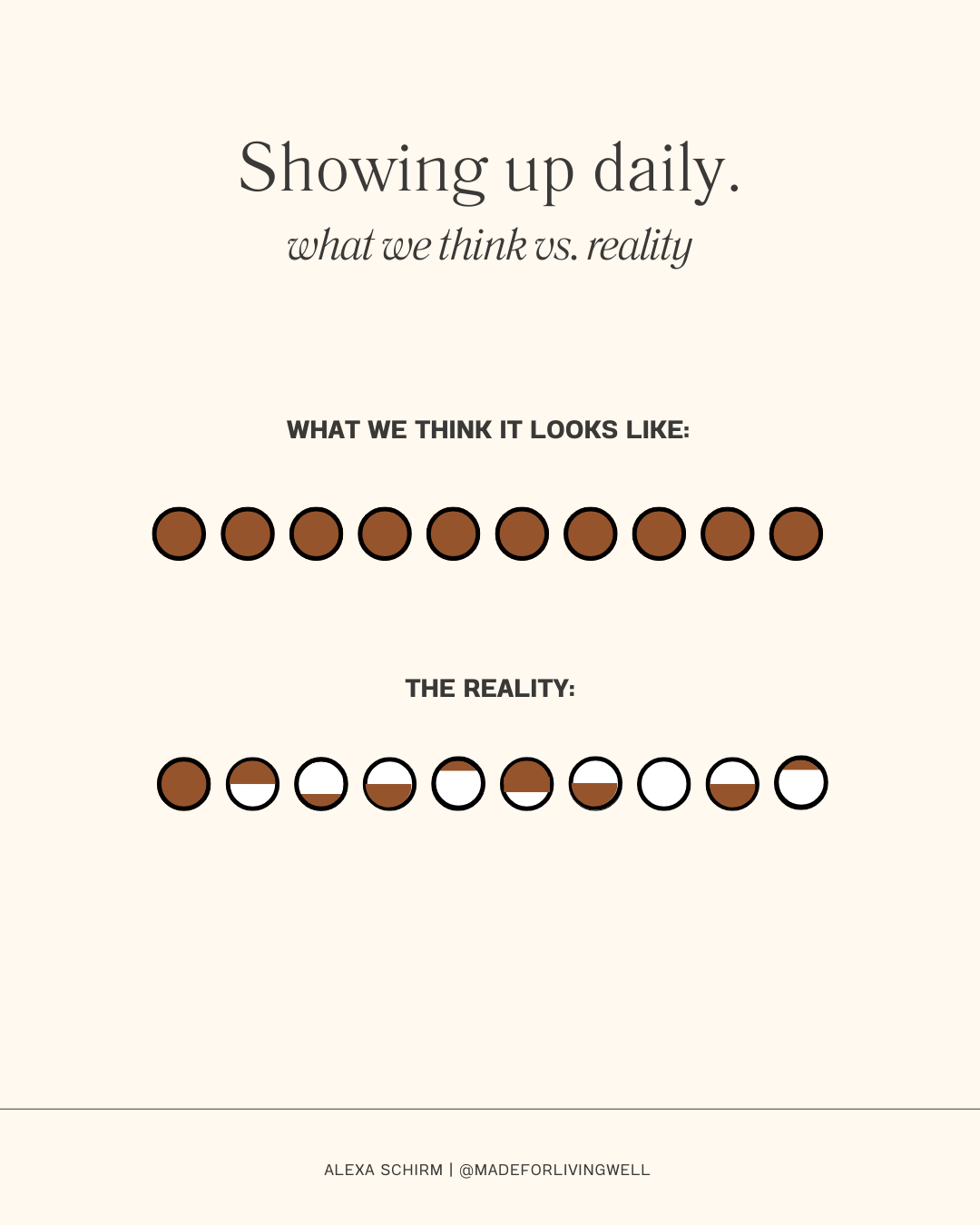Week 12: The Walking Club
Why pleasure (NOT WILLPOWER) is the missing key to your health and how to use micro-pleasures to make health stick.
Last week, I told you I was going to release this as a “bonus” lesson after last week’s topic. But the more I sat with it, the more I realized, pleasure deserves its own lesson. It’s that important.
However, we had to get through the conversations of judgment before we talked about pleasure. For many people, judgment clouds the way they see pleasure.
In some cases, rightfully so. Pleasure isn’t always used to help us, but in some cases, it can hurt us, not because pleasure itself is hurtful, but where and how we choose to find pleasure can hurt us.
That’s the interesting thing about pleasure. You will seek it, even subconsciously, if you don’t experience it. That’s why “guilty pleasures” exist. You know it’s not good for you, but you keep going back. You know it’s not healthy, and yet you can’t seem to stop.
That’s not a weakness. It’s biology. Pleasure is a need. Avoiding pleasure only accentuates your drive for it (check out this podcast to learn why).
When you understand pleasure and stop demonizing it, you can use it to serve you, not be served by it. The balance of pleasure and pain is a key aspect in making your health practices stick long-term.
Pleasure is part of the glue that makes a lifestyle last.
A better way to understand pleasure.
Before we dive into the biology, I first want to dive into the meaning, peeling back the layers to shed off the judgments about pleasure.
Like many words, pleasure (both the word and the experience) carries two sides. A high expression and a low expression.
The high expression is understanding pleasure that lasts. You could say it’s more expansive, not as immediate. It could be summed up in joy or something that draws you deeper into life. I would also add, the high forms of pleasure are those that fill your body battery, the fuel your energy tank.
High expressions of pleasure could be:



